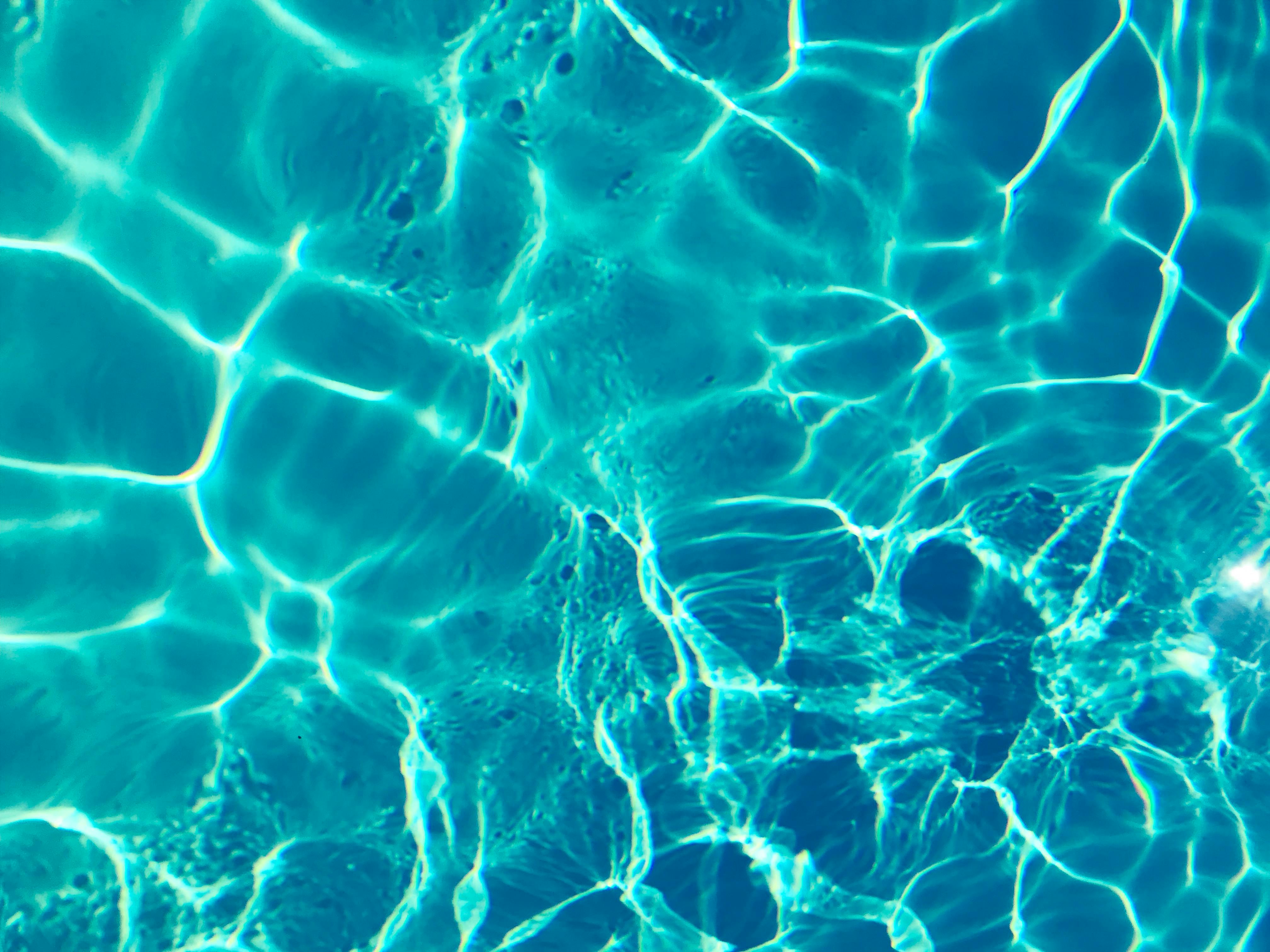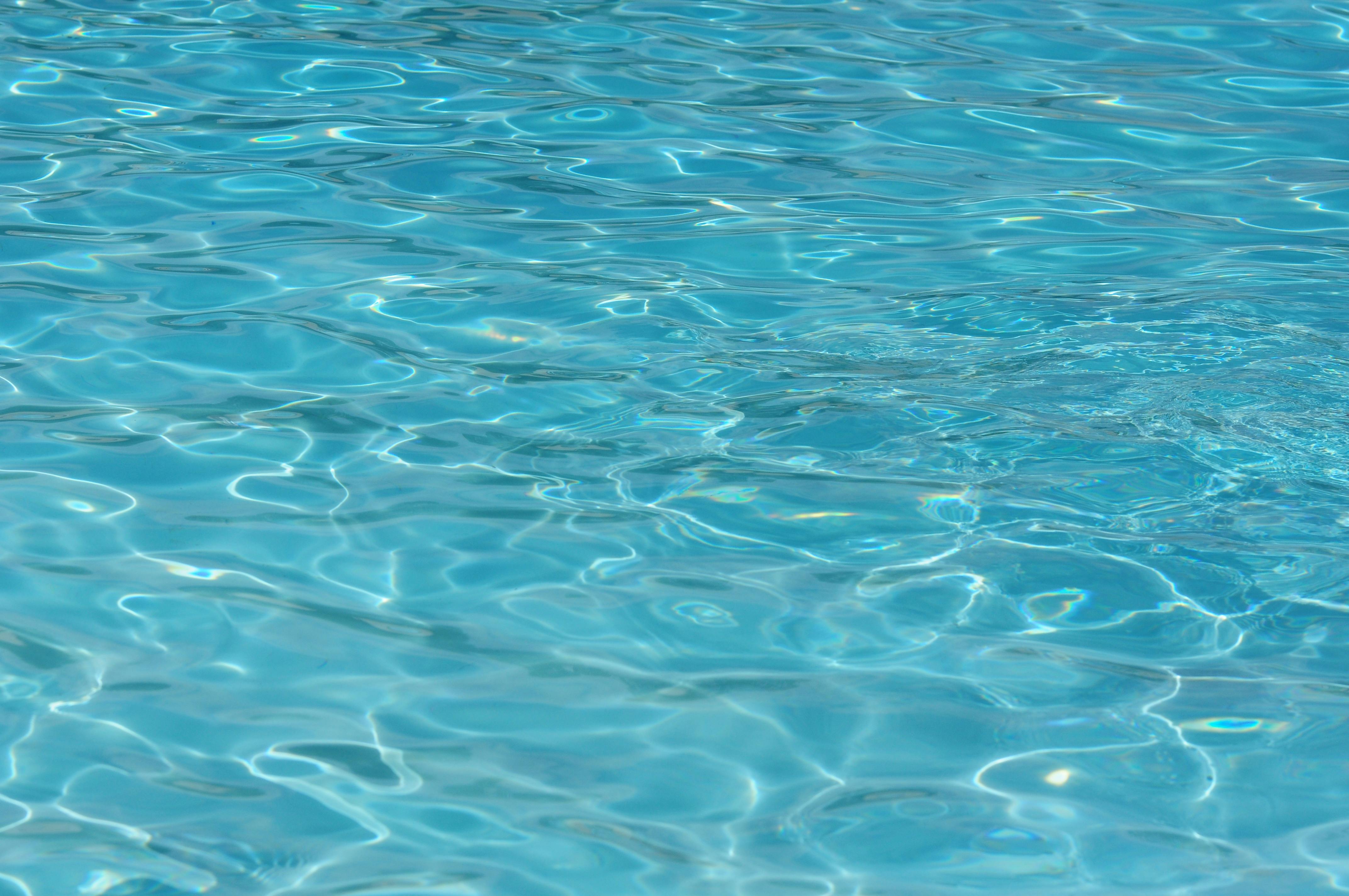Having a brown pool can be an unsightly and discouraging sight. Fortunately, it is possible to get your pool water clear again. With the right steps and knowledge, you can have your pool looking great in no time. In this guide, you will learn how to get brown pool water clear with some simple tips and tricks.To clear brown pool water, first test the chlorine, pH and alkalinity levels to ensure that they are balanced. Make sure to follow the manufacturer’s instructions when adding chemicals to the water. If necessary, add shock or algaecide to the water. Use a pool brush to scrub any algae off of the walls and floor of the pool. Vacuum the pool according to manufacturer’s instructions. Run the filter system for 12-24 hours to help remove particles from the water. Test the chlorine, pH and alkalinity levels again and adjust as needed until they are balanced. Repeat these steps as needed until the water is clear.
1. Shock the Pool
Shocking the pool is one of the most effective ways to remove discoloration from pool water. This method involves adding a large dose of chlorine-based shock to the pool water and running the filter system for 24 hours. The chlorine will break down any contaminants in the water, including discoloration, and return it to its original color. Additionally, shocking removes any bacteria or algae that may be causing discoloration and prevents future problems from occurring.
2. Backwash Filter System
Backwashing your filter system is a good way to remove discoloration from pool water. This process involves running your filtration system in reverse, which helps to flush out any dirt or debris that has been collected in the filter over time. Doing this regularly can help keep your pool clean and free of discoloration. Additionally, backwashing can help reduce the amount of chemicals you need to add to maintain your pool’s clear appearance.
3. Add Metal Removers
Adding metal removers is another way to remove discoloration from pool water. Metal removers are designed to bind with metals like iron, copper, and manganese that may be causing discoloration in your pool water. They also help prevent staining on your pool surfaces by binding with metals before they have a chance to settle on the surface.
4. Increase Circulation Time
Increasing circulation time is also an effective way to remove discoloration from pool water. By running your pump longer each day, you can ensure that all areas of the pool are getting adequate circulation and filtration which will help remove any contaminants that may be causing discoloration in your water.
5. Clean Pool Surfaces Regularly
Finally, cleaning your pool surfaces regularly is another great way to remove discoloration from pool water. Algae and bacteria can quickly build up on surfaces like tile or vinyl if they are not cleaned regularly, so scrubbing down these areas with a brush or cloth can help get rid of any buildup that may be contributing to discolored water. Additionally, cleaning these surfaces regularly helps reduce staining and keeps them looking their best!
What Causes Brown Pool Water?
Brown pool water can be caused by a variety of factors, but the most common is the presence of iron or manganese in the water. Iron and manganese are naturally occurring minerals that are often found in groundwater and can cause staining of pool surfaces. Additionally, high levels of organic matter, such as leaves and other debris, can cause brown discoloration in pool water. Other causes include incorrect pH levels and improper chemical balance, both of which can lead to brownish water. Finally, algae growth can also lead to brown pool water, as it will cause discoloration of the pool surface.
In order to combat this issue, it is important to determine the source of the problem before attempting any treatment methods. If iron or manganese is present in the water, a chelating agent should be added to help remove these minerals from the pool. Additionally, regular cleaning and vacuuming should be done to remove any organic matter that may be causing discoloration. Correcting pH levels and chemical balance is also important in preventing brown pool water, as it will help prevent algae growth. Finally, regular shock treatments should be done to keep algae growth under control and ensure that your pool stays healthy and clear for years to come.
Understanding What’s Affecting Your Pool Water
When it comes to keeping your pool water clean, safe, and healthy, it’s important to understand the factors that can affect it. Pool water can be affected by a variety of things, including pH levels, chlorine levels, total dissolved solids (TDS), and other contaminants. Knowing what’s in your pool water and understanding how these factors interact can help you maintain a healthy pool environment.
pH Levels
The pH level of your pool water is an important factor in determining its quality. The ideal range for the pH level of swimming pool water is between 7.2 and 7.8. If the pH level drops below this range, the water can become corrosive; if it rises above this range, the water can become alkaline and cause skin irritation. Testing for pH levels should be done regularly to make sure your pool is healthy and safe for swimming.
Chlorine Levels
Chlorine is an essential part of keeping your pool clean and free from bacteria and other contaminants. The ideal range for chlorine levels in a swimming pool is between 1-3 ppm (parts per million). If chlorine levels are too low, bacteria and algae can begin to grow in the pool; if they are too high, it can cause skin irritation or eye irritation. Regularly testing your chlorine levels will help ensure that they stay within the optimal range.
Total Dissolved Solids (TDS)
Total dissolved solids (TDS) are any organic or inorganic matter that has dissolved into your pool’s water. These particles can come from a variety of sources such as rainwater runoff, decaying leaves or other debris, or even from people swimming in the pool. High TDS levels can lead to cloudy or murky looking water and may also result in skin irritation or eye irritation when swimming in it. Checking TDS levels regularly will help you keep your pool clean and safe for swimming.
Other Contaminants
In addition to these main factors that affect your pool’s water quality, there are many other potential contaminants that could be present such as bacteria or algae spores from rainwater runoff or from people swimming in the pool. Regularly checking for other contaminants will help you keep your pool free from potential health risks associated with contaminated swimming pools.
Testing the Quality of Pool Water
Pool water quality is important for maintaining a safe, healthy swimming environment. Testing pool water regularly helps to ensure the pool is free from bacteria, chemicals, and other contaminants. There are several methods for testing the quality of pool water, including chemical test strips, digital meters, and lab analysis.
Chemical test strips are quick and easy to use, but they can be inaccurate when used incorrectly or when not stored properly. Digital meters are more accurate than test strips but can be expensive and require calibration. Lab analysis is the most accurate way to test the quality of pool water but it can also be time consuming and costly.
When testing pool water, it’s important to follow manufacturer instructions carefully as different tests may require different methods or equipment. It’s also important to check the expiration date of any testing materials before use as expired material may give inaccurate results. After testing the water, it’s important to take steps to correct any problems found in order to maintain a safe swimming environment.

Proper Maintenance for Keeping Pool Water Clear
Maintaining proper cleanliness and hygiene of your pool is essential to keep the water clear and sparkling. There are several steps that can be taken to ensure that your pool remains clean and healthy. The most important step is to regularly test the pool water for pH, alkalinity, chlorine levels, and other contaminants. This will help you maintain balanced levels of these components in the water. Additionally, regular brushing and vacuuming of the pool walls and floor can help to remove debris such as leaves, twigs, dirt, and other particles that could cause a cloudy appearance in the water.
Another important part of maintaining a healthy pool is to regularly check the filter system for any blockages or clogs. If there are any clogs or blockages in the filter system, they should be cleared immediately as this can affect the quality of the water. Additionally, adding shock treatments to your pool will help to break down organic contaminants such as sweat or urine that can make your pool cloudy or greenish-looking. Lastly, it is important to regularly check all chemicals used in your pool for proper balance as too much of certain chemicals can also lead to a cloudy or murky looking pool.
Using Chemicals to Clear Brown Pool Water
Many pool owners are faced with the challenge of clearing brown pool water. The main cause of brown pool water is organic matter, such as leaves, dirt, and algae. There are several techniques that can be used to clear up your pool water, but the most common and effective way is to use chemicals. By using the right combination of chemicals, you can bring your brown pool back to a crystal-clear state in no time.
The first step in using chemicals to clear up brown pool water is to test the water for its alkalinity and pH levels. You should then adjust the alkalinity and pH levels to ensure that the water is in balance before adding any other chemicals. Once this has been done, you can then add an algaecide or chlorine shock treatment to kill off any algae or bacteria in the water.
After adding these chemicals, it’s important to use a skimmer or vacuum cleaner to remove any debris from the bottom of your pool. This will help prevent further contamination of your pool water and make it easier for the chemicals to work their magic. Once all visible debris has been removed, you should brush down any walls or steps if necessary and then allow your filter system to run for at least 8 hours so that it can filter out any remaining particles and contaminants in your pool water.
Finally, you should test your pool’s chemical balance once again and add additional chemicals as needed until it reaches its optimal levels again. Once this has been done, you should be able to enjoy crystal-clear swimming conditions again!
Using chemicals is an effective way of restoring clarity and cleanliness in your swimming pools but it’s important that they are used correctly as they can be harmful if not handled properly. Always follow manufacturer instructions when using these products and never mix different types of chemicals together as this could lead to dangerous reactions.
Utilizing Shock Treatments to Clear Brown Pool Water
Brown pool water is an eyesore and can be a sign of serious contamination. Fortunately, shock treatments can be used to clear the water and restore it to its former beauty. Shock treatments involve adding chlorine or non-chlorine products to the pool water at a much higher concentration than normal. This will kill any bacteria, algae, and other contaminants that are present in the water. It is important to follow the directions on the shock treatment package carefully as too high of a concentration can damage your pool surface and equipment. After adding the shock treatment, let it sit for at least 24 hours before you begin using your pool again. You may need to add additional shock treatments over time if the brown color does not go away completely. Once you have added enough shock treatments, test your pool water with a kit or visit a local testing center to ensure that all contaminants have been eliminated from the water.
Shock treatments are an effective way of clearing brown pool water and restoring it back to its original condition. When used properly, these products can remove bacteria, algae, and other contaminants from your pool water quickly and easily. Be sure to read all instructions carefully before beginning any shock treatment process as incorrect use could potentially cause damage to your equipment or pool surface. With regular shock treatments, you can keep your pool looking its best all season long!

Conclusion
Maintaining a clear, blue pool is not an easy task. Taking the time to understand how to get brown pool water clear is essential for maintaining a healthy and safe swimming environment. There are a few steps that can be taken to help restore and maintain clear brown pool water. First, it is important to test the pH balance of the water and make any necessary adjustments. Second, it is essential to clean the filters and skimmer on a regular basis and vacuum the pool if necessary. Lastly, shocking the pool regularly with chlorine helps to break down organic waste and bacteria in order to keep your pool clean. By following these steps, you can get your pool back to its original beautiful blue state.
With proper maintenance and care, you can create a beautiful oasis in your backyard that you can enjoy with family and friends all summer long. Everyone knows that summer days are best spent by the pool!

